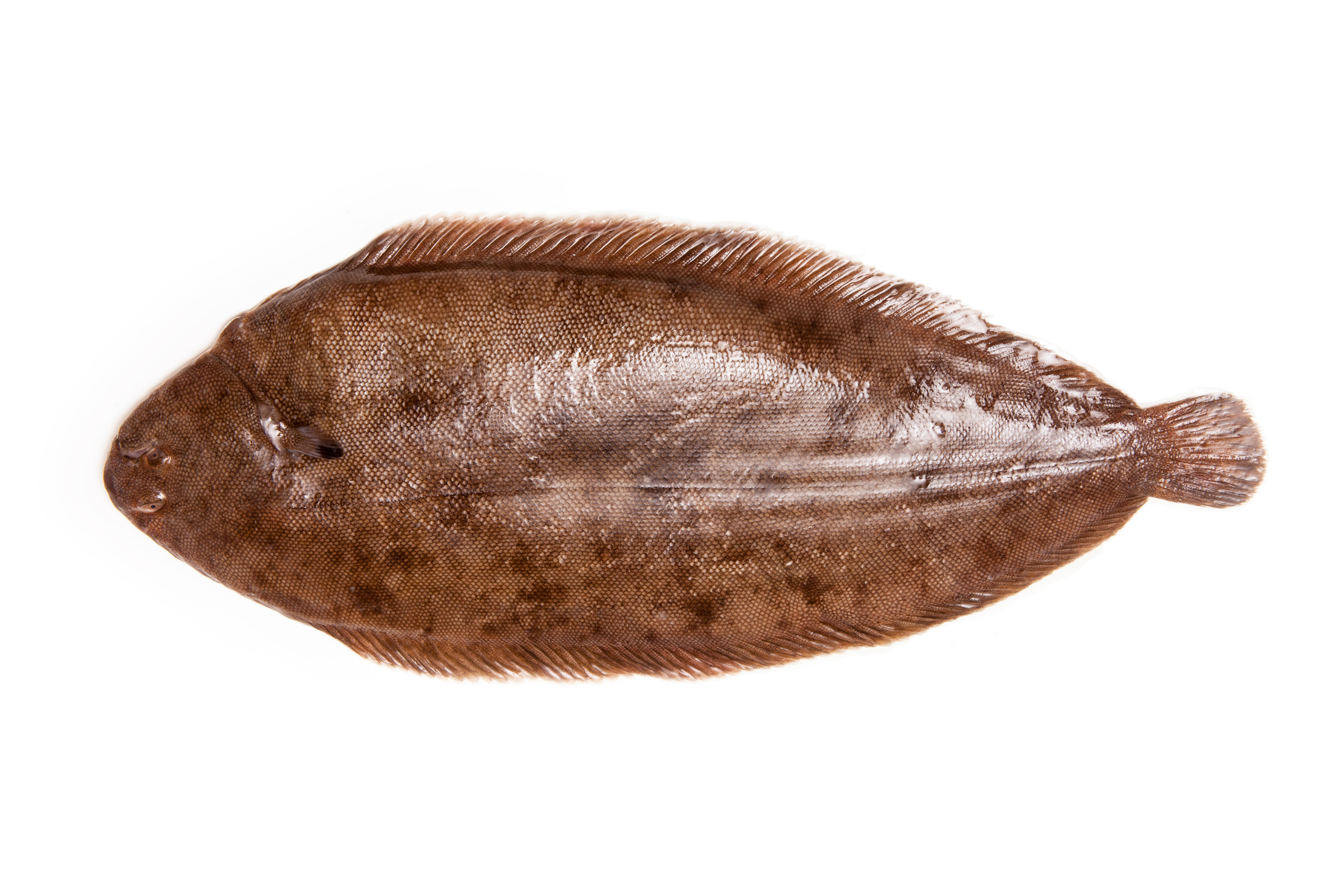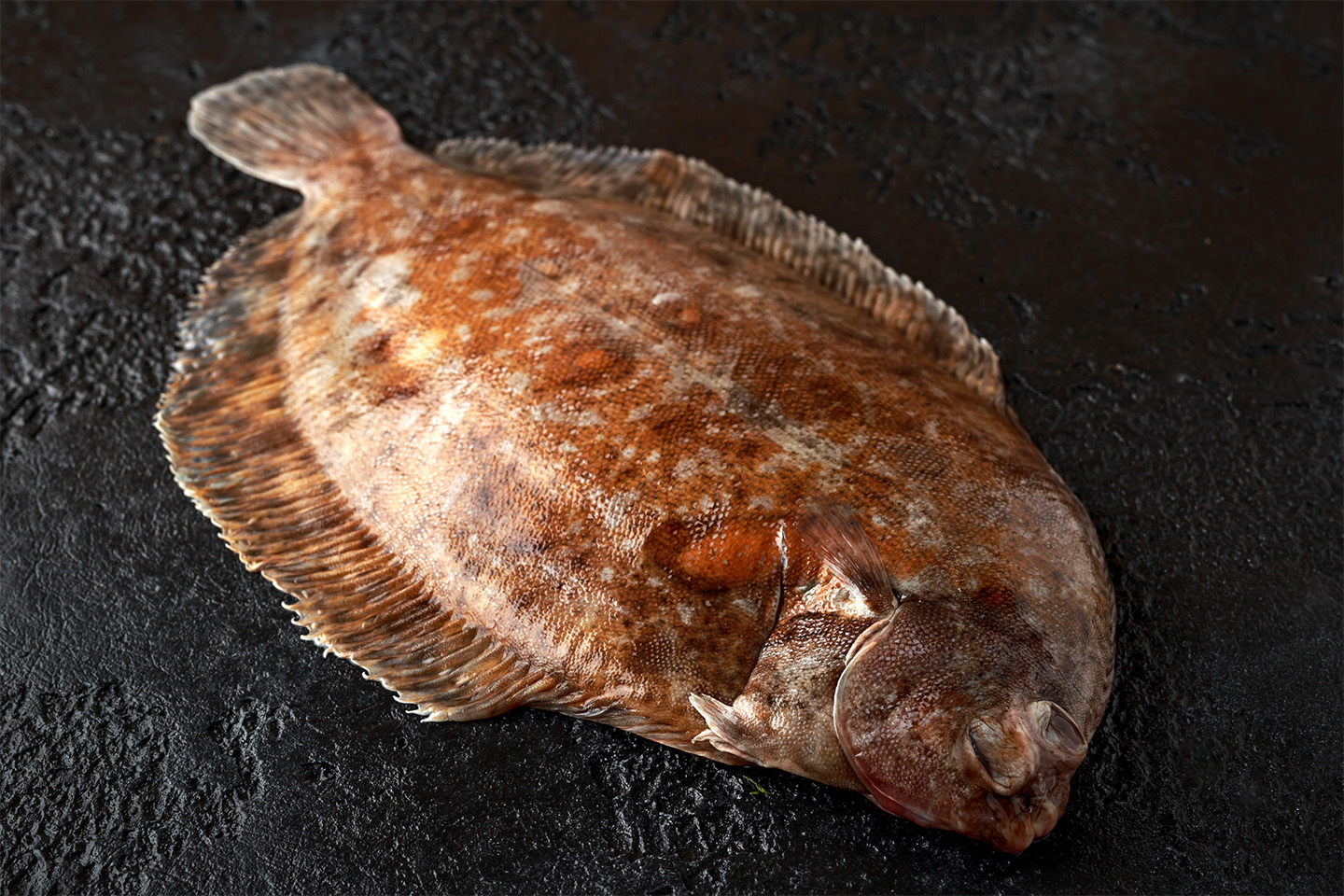Culinary Applications of Sole Fish

Sole fish is a versatile and delicious fish that can be cooked in a variety of ways. It has a mild, delicate flavor and a firm, flaky texture that makes it a popular choice for many dishes.
Sole fish is often used in classic French cuisine, where it is often served grilled or baked with a simple lemon-butter sauce. It is also popular in Italian cuisine, where it is often used in pasta dishes and risottos. In Asian cuisine, sole fish is often used in stir-fries and soups.
Grilling Sole Fish
Grilling sole fish is a simple and delicious way to cook it. The fish should be cooked over medium-high heat until it is cooked through, but still moist and flaky. Sole fish can be grilled whole or filleted. If you are grilling the fish whole, be sure to score the skin to prevent it from curling up.
Baking Sole Fish
Baking sole fish is another simple and delicious way to cook it. The fish should be baked in a preheated oven at 400 degrees Fahrenheit for 10-15 minutes, or until it is cooked through. Sole fish can be baked whole or filleted. If you are baking the fish whole, be sure to stuff it with herbs and lemon slices.
Pan-Frying Sole Fish
Pan-frying sole fish is a quick and easy way to cook it. The fish should be cooked in a non-stick skillet over medium heat until it is cooked through and golden brown. Sole fish can be pan-fried whole or filleted. If you are pan-frying the fish whole, be sure to score the skin to prevent it from curling up.
Nutritional Value and Health Benefits

Sole fish is a nutrient-rich delicacy that offers an array of health benefits. It is an excellent source of essential vitamins and minerals, including vitamin D, vitamin B12, selenium, and omega-3 fatty acids. These nutrients play crucial roles in maintaining overall well-being and supporting vital bodily functions.
Vitamins and Minerals
Sole fish is a rich source of vitamin D, which is essential for bone health and immune function. It also contains vitamin B12, which is vital for the production of red blood cells and neurological function. Additionally, sole fish is a good source of selenium, an antioxidant that helps protect cells from damage.
Omega-3 Fatty Acids
Sole fish is a good source of omega-3 fatty acids, which have been linked to numerous health benefits, including reduced risk of cardiovascular disease, improved cognitive function, and anti-inflammatory effects. These fatty acids are essential for maintaining heart health, brain function, and overall well-being.
The sole fish, a flatfish found in the oceans around the world, is a popular food fish due to its mild flavor and firm texture. Its unique appearance, with both eyes on one side of its body, makes it easily recognizable.
The sole fish is a versatile fish that can be cooked in a variety of ways, including grilling, baking, and frying. Sole fish is also a good source of protein, omega-3 fatty acids, and vitamins.
Sole fish, the humble yet delicious flatfish, swims gracefully through the ocean depths. Its culinary versatility is unmatched, from simple pan-frying to elaborate sauces. But beyond its culinary merits, the sole fish also holds a curious connection to another aquatic predator: the pike.
Defined as “a large freshwater fish with a long, slender body and sharp teeth” ( pike definition ), this formidable creature shares a commonality with the sole fish—both are masters of their respective aquatic environments.
The sole fish, a master of disguise beneath the sea’s sandy canvas, shares an unexpected connection with the basketball court. Just as the floater, a graceful shot that defies gravity ( floater definition basketball ) , allows players to soar above the defense, the sole fish employs camouflage to evade predators.
Both the floater and the sole fish exhibit a remarkable blend of agility and deception, captivating observers with their artistry and survival instincts.
The sole fish, a flatfish with a distinctive elongated body, often brings to mind the graceful perch, known for its vertical stripes and spiny dorsal fin. Just as the perch definition highlights its distinct characteristics, the sole fish captivates with its unique adaptations, from its asymmetrical eyes to its ability to change color to match its surroundings.
The sole fish, a flatfish found in shallow waters, is known for its delicate flavor and firm texture. However, in the world of basketball, the term “pike” holds a different meaning. Pike basketball refers to a specific type of play where a player attempts to steal the ball from an opponent by reaching over their head with one hand.
While the sole fish may be a culinary delight, the pike in basketball is a strategic maneuver that can turn the tide of a game.